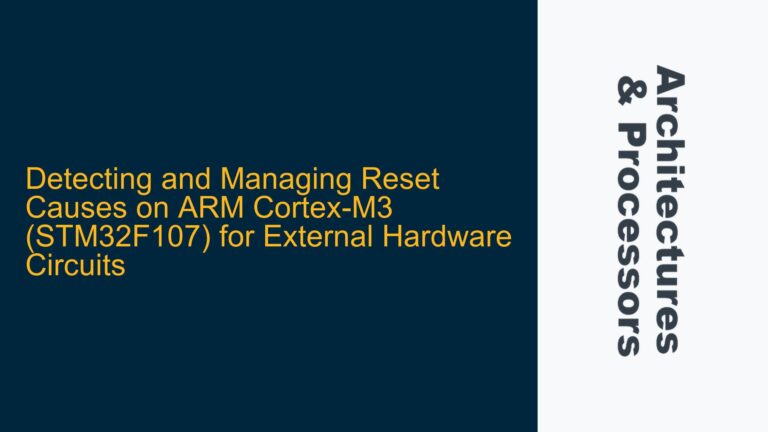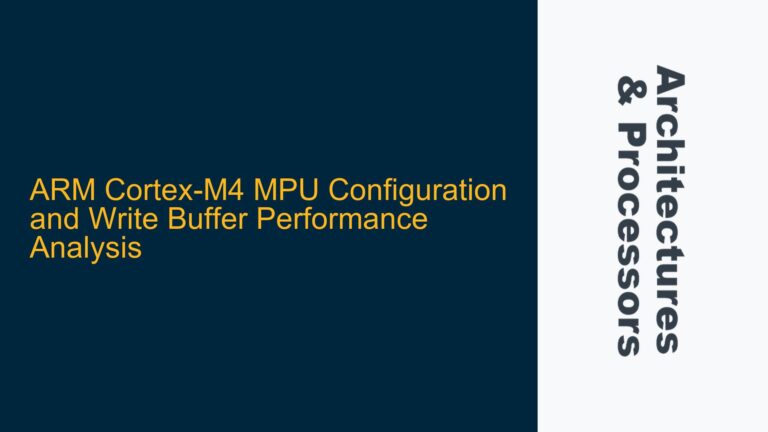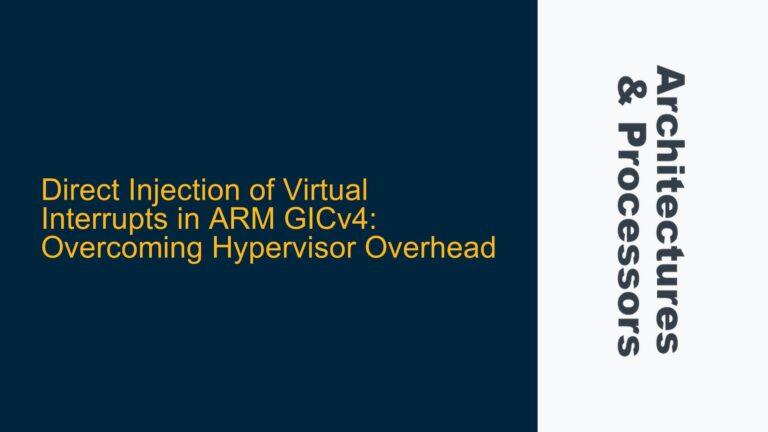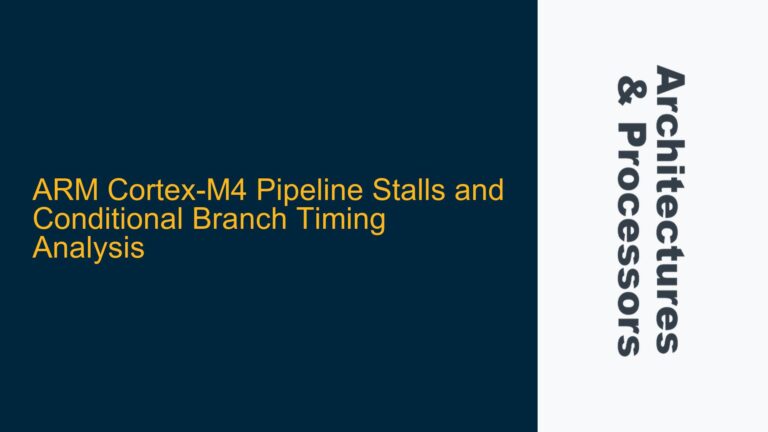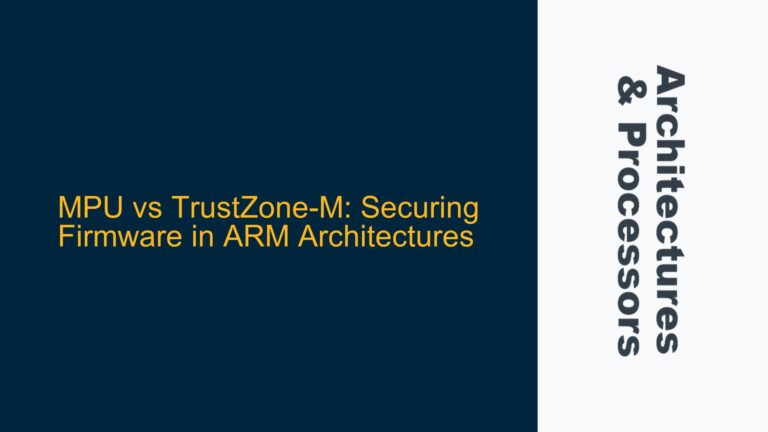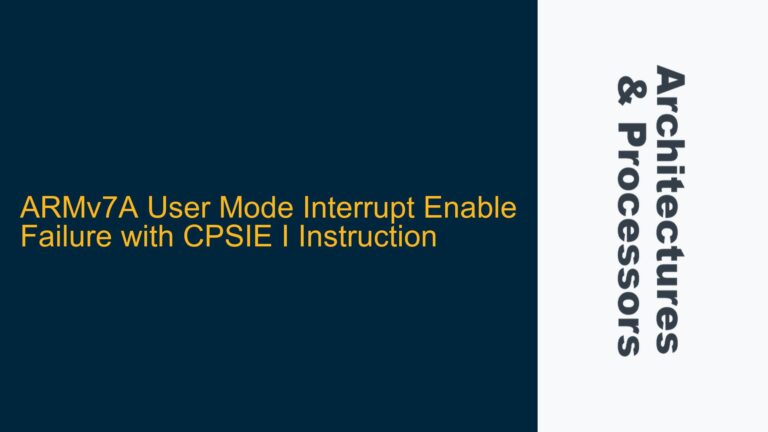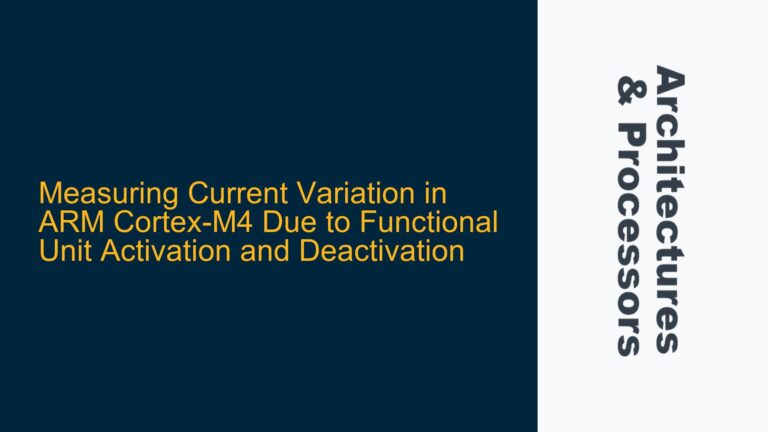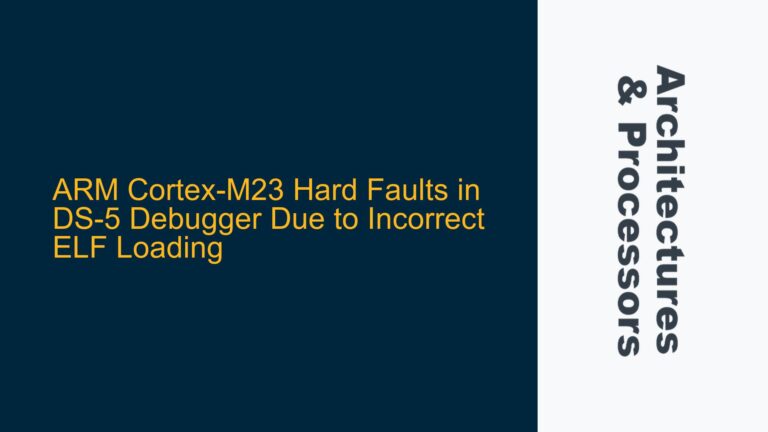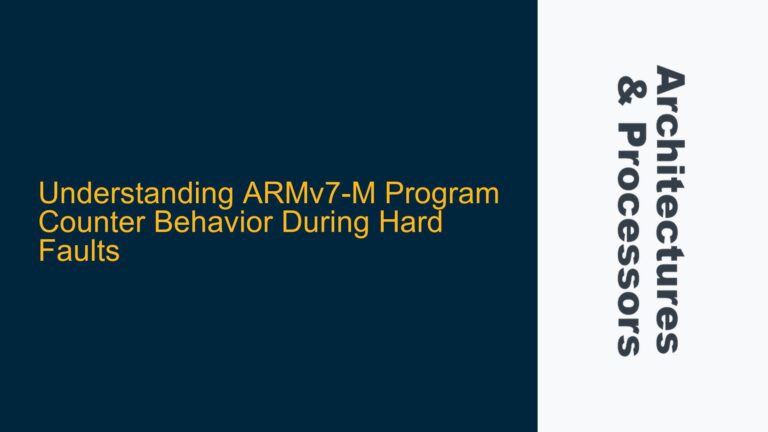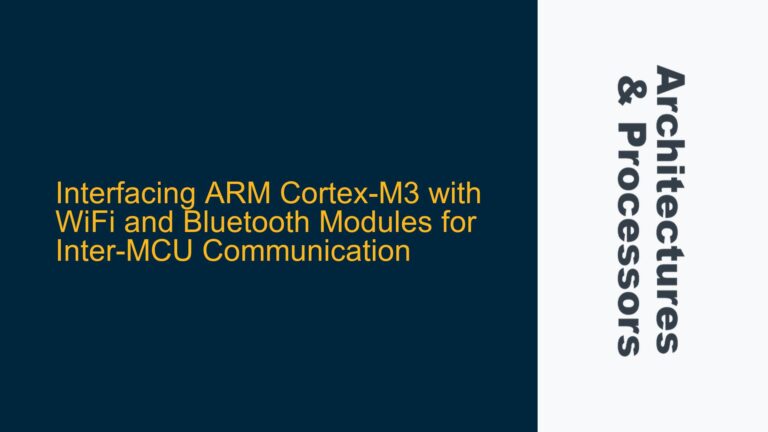Detecting and Managing Reset Causes on ARM Cortex-M3 (STM32F107) for External Hardware Circuits
ARM Cortex-M3 Reset Behavior and External Hardware Reset Requirements The ARM Cortex-M3 processor, as implemented in the STM32F107 microcontroller, does not natively support direct control of the nRST pin via software instructions. This limitation becomes particularly challenging when designing systems where the microcontroller must manage the reset behavior of external hardware circuits. In such scenarios,…
